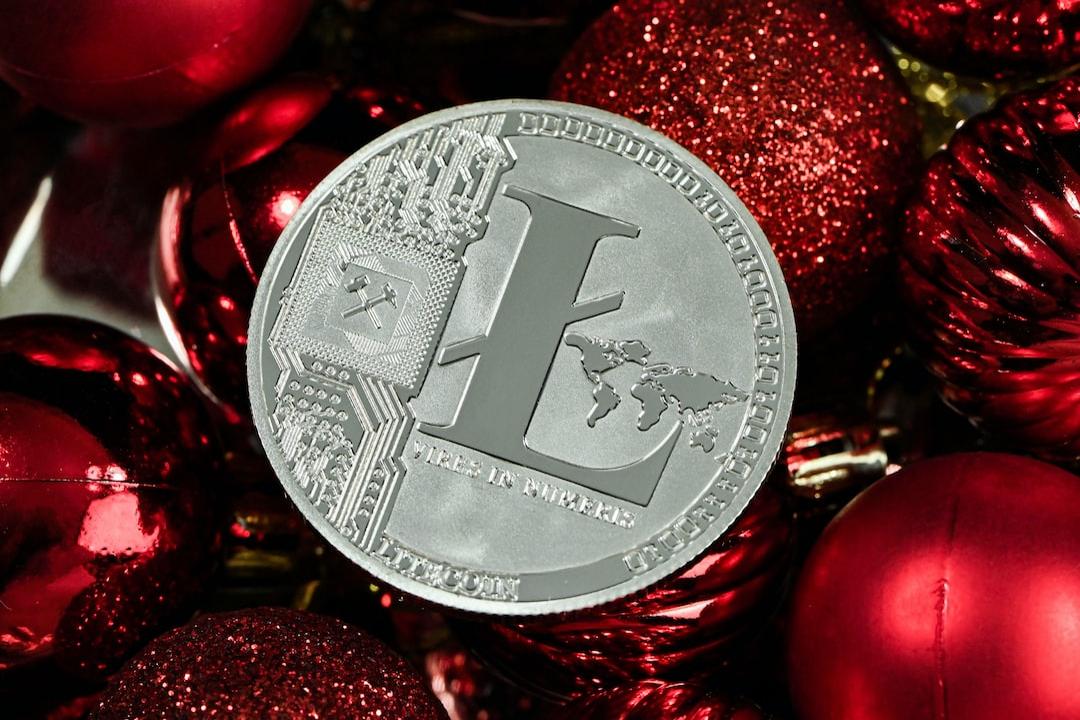Unless Ethereum undergoes fundamental changes in its community and organizational operations, its relative advantage in terms of valuation and usage has reached its peak.
(Module Blockchain)
(Database Design)
The future of Ethereum
How did Ethereum become such a dominant platform?
How will Ethereum develop in the future? In this article, I discuss modular blockchains, database design, and quote GCR’s perspective in an attempt to answer this question.
The argument of the innovator’s dilemma can be summarized as follows: “Successful companies often cannot adapt to changes in the industry, especially in terms of technological innovation. The reason is that they focus too much on making their products successful, rather than trying out new and unfamiliar ideas.”

In the world of blockchain and smart contracts, we have made significant progress in the past few years. Now, the million-dollar or rather $250 billion question is: What is the future of Ethereum?
Through this article, I will argue that Ethereum has reached its peak in terms of 1) the valuation of all cryptocurrencies (ETH.D); 2) relative usage and adoption. I will start by exploring the concept of modular blockchains, comparing it to traditional database design principles, and then relate all of this back to Ethereum and its future.
Now, people have a more principled way of thinking about what constitutes a well-functioning blockchain and a reasonable approach to decoupling (and scaling) core components. This is the debate between monolithic and modular.
The core idea behind modular blockchains is four basic functions:
Execution: Determines the state “after” a transaction. If I send tokens to a specific wallet, the execution layer will determine the relevant balance before and after the transaction.
Settlement: Determines if the submitted transaction is “valid.” After sending tokens, the balance is XYZ – settlement determines if XYZ is correct.
Consensus: Determines the final state after a bundle of transactions. This layer determines 1) the correct order of given transactions and 2) the final state after processing these transactions.
Data availability: In order to exist for any of the three functions above, there needs to be a previous state and an ending state. The role of data availability is to provide the state to the execution layer and update the state based on the final result of consensus.

Like any engineering problem, a “perfect” blockchain only makes sense when there are clearly defined use cases. The existence of this framework allows for more professional blockchain design, with different blockchains being built for high-throughput games and blockchains designed to be globally decentralized ledgers. This thinking framework reminds me a lot of the principles of database design, especially the debate around SQL and noSQL.
Databases have been around for decades longer than blockchains. The consensus on their design is that there is no perfect database. Like most engineering problems, everything needs to be balanced.
The framework for building scalable modular databases goes back to “what is the use case?” and before making decisions, I would ask some questions:
What is the rough ratio of reads to writes? In applications like Telegram or Slack, the read and write volumes are similar, while on Twitter, the read volume is several orders of magnitude higher than the write volume.
In distributed systems, there is a concept of consistency versus availability. In other words, this can be reframed as: Do we care more about inaccurate data or application downtime? This again depends on the situation. For fintech applications, consistency (accurate data) is much more important.
How important is stale data versus fresh data? How does this relate to the read and write load? Does our database allow us to execute a strategy to handle concurrent writes and reads? For example, how to prevent the classic double-spending problem when my wife withdraws cash from my bank while I swipe my debit card?
What is the read pattern like? Do you need flexible access to data or is the data usually pre-defined? Do you perform a lot of joins across different datasets?
In addition to technical considerations, it is also important to understand the following:
How many engineers are proficient in this technology? How many engineers genuinely want to use this technology to build?
If we want to fork the underlying code and make adjustments, is there a way to get active support?
Now, let’s tie all of this together – a perfect blockchain does not exist. Good engineering involves trade-offs, and there is no one-size-fits-all approach. So, how did Ethereum become such a dominant platform? Why does Ethereum’s pricing seem like it is the perfect blockchain? And finally, how will Ethereum develop in the future?
Four years ago, Ethereum was the preferred platform for building smart contract platforms. It had excellent development tools compared to all other platforms, such as Hardhat, CryptoZombies, etc.
Additionally, it had a loyal user base, and the chains and tokens were “decentralized.” At that time, centralized blockchains were more likely to be scams. ETH as an asset was also cheaper, which meant lower gas fees.

Today, developers have more smart contract platforms to choose from, each with its unique trade-offs. While scams still exist, the situation has significantly improved compared to four years ago, as more talent and capital enter the field.
The reasons why Ethereum was successful in the past are also the reasons why it will fail in the future. There was a time when Ethereum was the only viable smart contract platform for developers. Legitimate use cases (DeFi, NFTs) provided ETH with a significant competitive advantage. However, at this stage, the focus shifted towards value accumulation (super stablecoins) and competing with Bitcoin to become the default store of value on the internet.
The desire to simultaneously be a smart contract platform and a decentralized “super stablecoin” has added significant friction for end-users and developers (higher gas costs, congested network). As Confucius (and GCR) said: “A man who chases two rabbits catches neither.”
Users will gravitate towards applications that exist and cost reasonably, while application developers tend to be more cautious and long-term oriented. Their expenses are much larger compared to the end-users themselves. Developers will build on platforms that have the potential for long-term growth and scalability for their applications.
Now, look at Ethereum, with an average transaction speed of 15-20 TPS, and gas fees often skyrocketing to $200. There are clear limitations to the applications that can be built on Ethereum, requiring very minimal interaction. For example, a lending protocol is a good application on Ethereum because I may interact with it a few times a year.
But if I am an application developer looking to build an application with the intention of scaling to hundreds of thousands or millions of users and higher usage patterns, it is not feasible to build such an application on Ethereum.
This becomes increasingly apparent as viable alternatives emerge.
FriendTech is building on Base L2.
Pacman and Blur teams are considering launching their own L2.
DYDX uses their own specific application chain.
The modular blockchain framework provides a set of trade-offs for blockchains to choose from. We are now in a state where blockchain infrastructure that supports points along the trade-off curve is starting to emerge.
Lastly, and most importantly, are the incentives.
As Charlie Munger always says, “Show me the incentives, and I will show you the outcome.” The incentive structures built on Ethereum are inferior compared to other existing blockchains. Venture capital firms and new L1 teams are very interested in building a strong and prosperous ecosystem. As an investor, I would think about why my team should still build on Ethereum when tokens are so decentralized and the ecosystem is already crowded. Why not promote application development on a blockchain where L1 valuations are much lower and align with my interests?

The reply in this tweet makes things very clear.
ETH is no longer at the forefront of blockchain design. There are superior smart contract platforms to choose from at any point along the trade-off curve, and the same goes for incentive structures. Unless Ethereum undergoes fundamental changes in its community and organizational operations, its relative advantage in terms of valuation and usage has reached its peak.

Related Reports
Will Ethereum miss this bull market?
Historical data growth, will it become Ethereum’s next big problem?
Mode Network: Driving Ethereum L2 innovation, becoming a versatile and efficient scaling solution.

